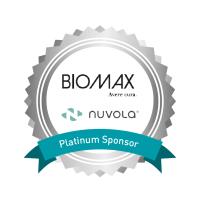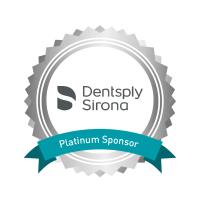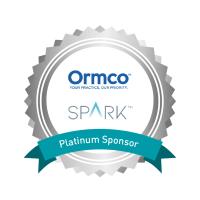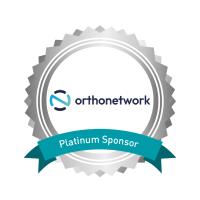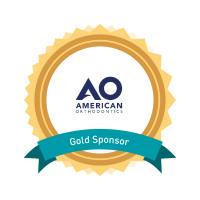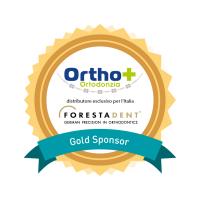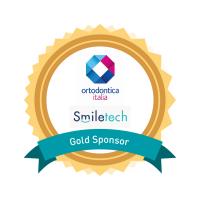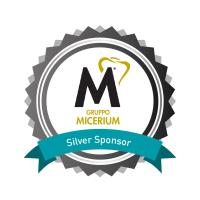Abstract
Myofunctional Therapy and Collaboration with the Speech Therapist
by Levrini Luca
Sucking, breathing, chewing, swallowing, facial muscle tone, lip competence, and lingual posture are all functions peripheral to occlusion, which the literature often reports to be causes of malocclusion. If so, intent of orthodontics should not be limited exclusively to the alignment of teeth for good aesthetics and proper function, but also to eliminate the underlying causes of malocclusion, particularly when the patient is growing. For this reason, myofunctional therapy should be a constant and important point of reference in clinical practice and be managed directly by the orthodontist or with the collaboration of a speech therapist. Knowing the differences between interdisciplinary, multidisciplinary, and transdisciplinary approaches is important in understanding how to include speech therapy practice in the orthodontic clinical practice. This consideration cannot be separated from having a precise protocol of relationship with the speech therapist. Referring one's patient to the speech therapist in an appropriate manner, specifying expectations, functional and occlusal diagnosis is a formal but necessary first step to begin the relationship. This implies that the patient is given correct information about the role of the speech therapist and the importance of his intervention, as well as a reliable and known speech therapist with whom the clinical relationship is joined. Similarly, the speech therapist will have to provide the orthodontist his opinion, with a hypothesis of a rehabilitative protocol for the oral dysfunction. The orthodontist will then have to define a therapeutic synthesis to communicate it to the patient and share it efficiently with the speech therapist. In this context, the knowledge and use of telemedicine can be extremely helpful.
Learning Objectives
After this lecture, you will be able to relate properly to the speech therapist
After this lecture, you will be able to understand what tools are appropriate for relating to the speech therapist.
After this lecture, you will be able to know how to integrate the speech therapist into clinical practice



